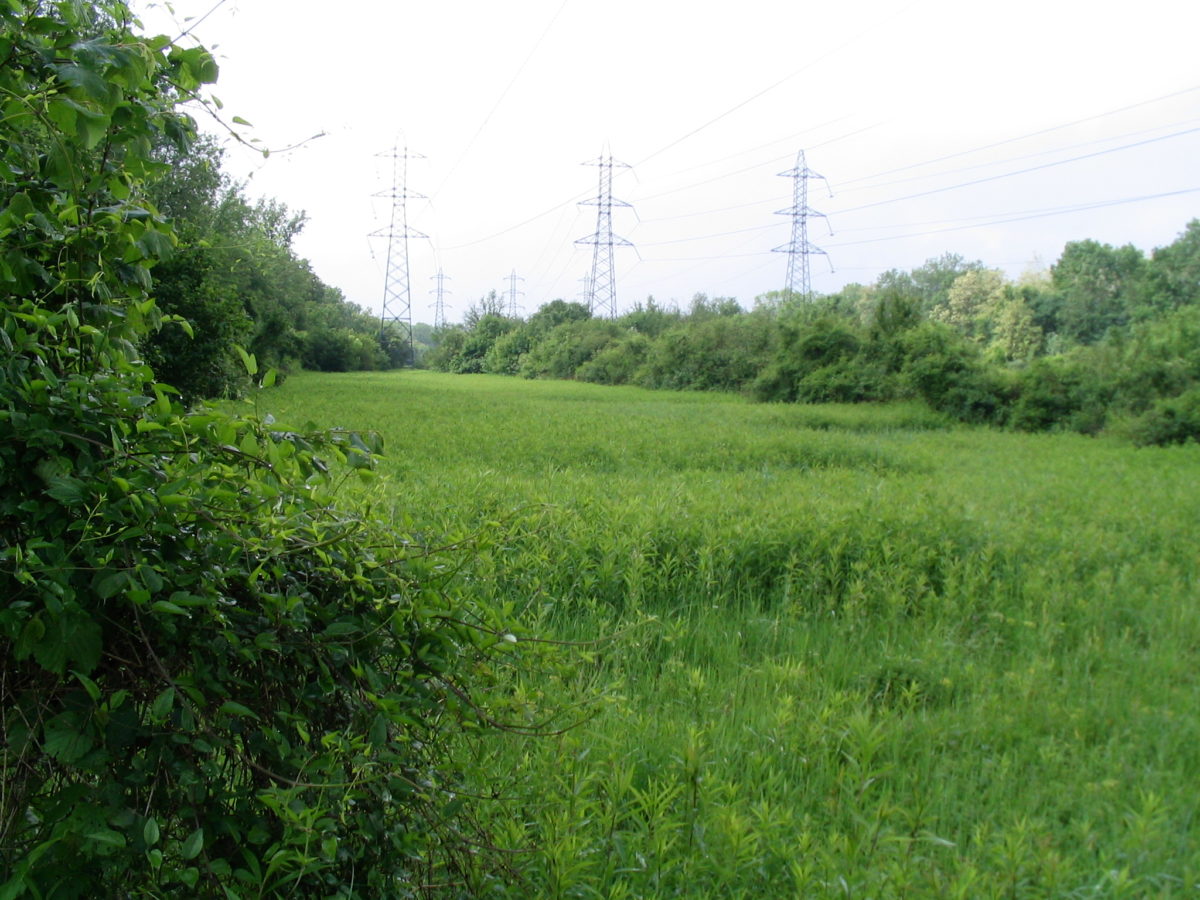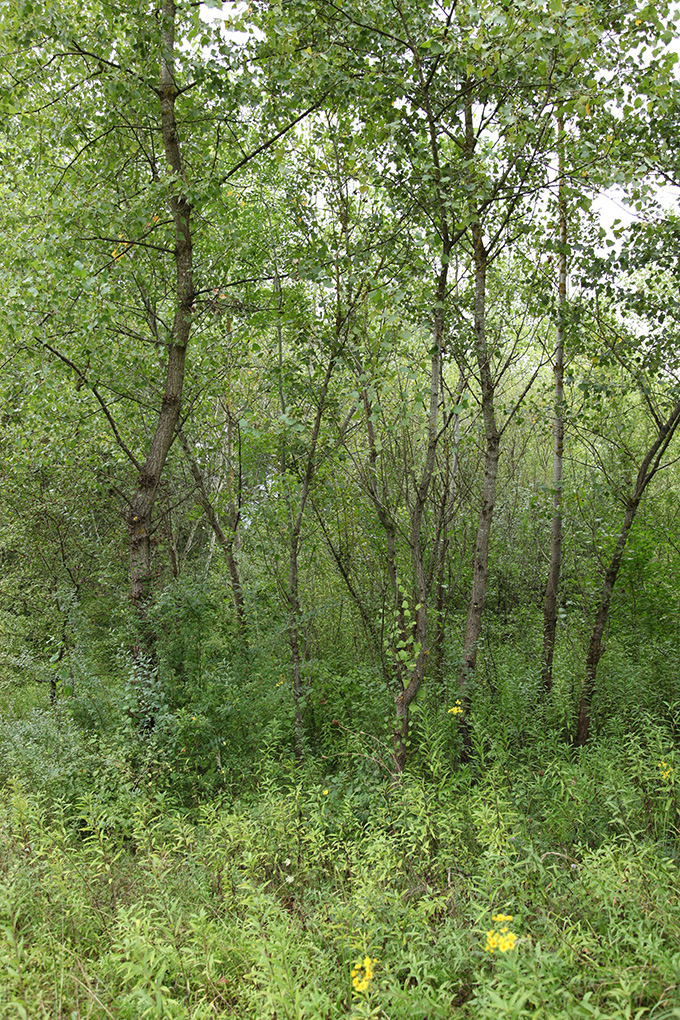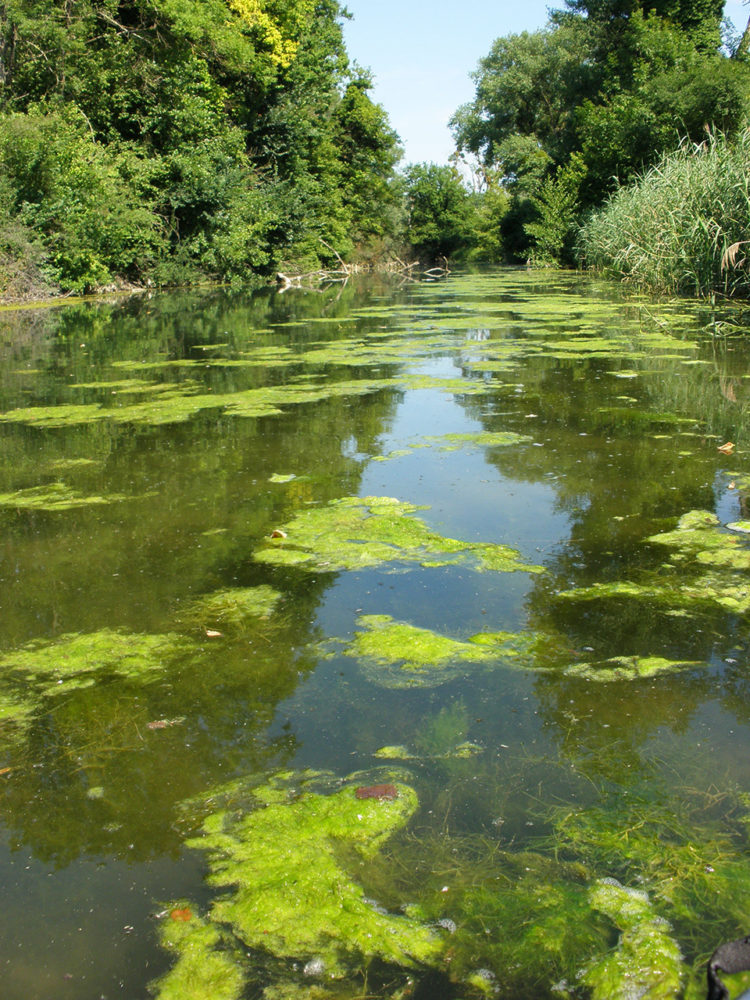
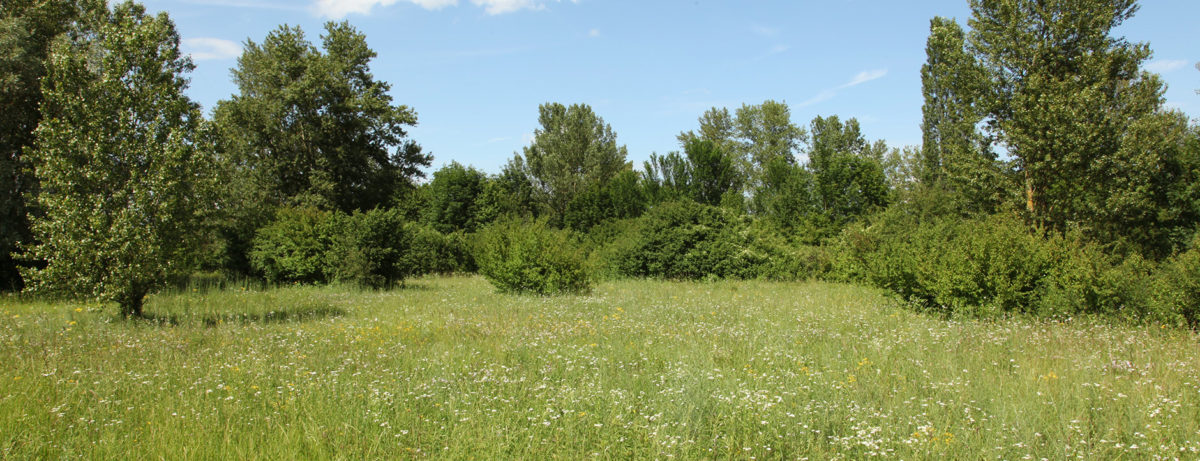
Open Habitats on Rohrschollen island
Open Habitats: Rare Habitats along the Rhine Strip
An important part of the mosaic of habitats in the reserve, open habitats account for 12 percent of its total surface area. They occupy two distinct parts of the site.
The biggest area of meadow habitat lies on the northern half of the island, between Vieux Rhin and the high water dike. According to the most recent phytosociological survey from 2015, it is composed of 10 floristic groups, ranging from sub-Atlantic semi-dry calcareous grassland (the driest) to lesser pond sedge beds (the wettest).
The southern part of the island is dominated by forest cover, but three high-voltage lines means the leafy vegetation below has to be managed. This management constraint has led to the development directly under these power lines of three strips occupied by meadow vegetation, separated by two shrub rows. Since this area is wetter than the previous one, you can find floristic formations such as Atlantic and sub-Atlantic humid meadows and Phragmites australis beds.
To avoid enclosing these habitats and invasion by invasive alien species[1], appropriate management measures have been put in place. Consequently, to ensure the habit’s survival in the reserve and the species of flora and fauna that depend on it, the decision was made to combine mowing with grazing by sheep.
Some of these habitats are habitats of European interest which justify the Reserve’s inclusion in the Natura 2000 network.
These habitats are, according to the Natura 2000 nomenclature:
- 6210 Semi-natural dry grasslands and scrubland facies on calcereous substrates;
- 6410 Molinia meadows on calcareous, peaty or clayey-silt-laden soils;
- Extensively managed hay meadows of the planar to submontane zones (Alopecurus pratensis, Sanguisorba officinalis).
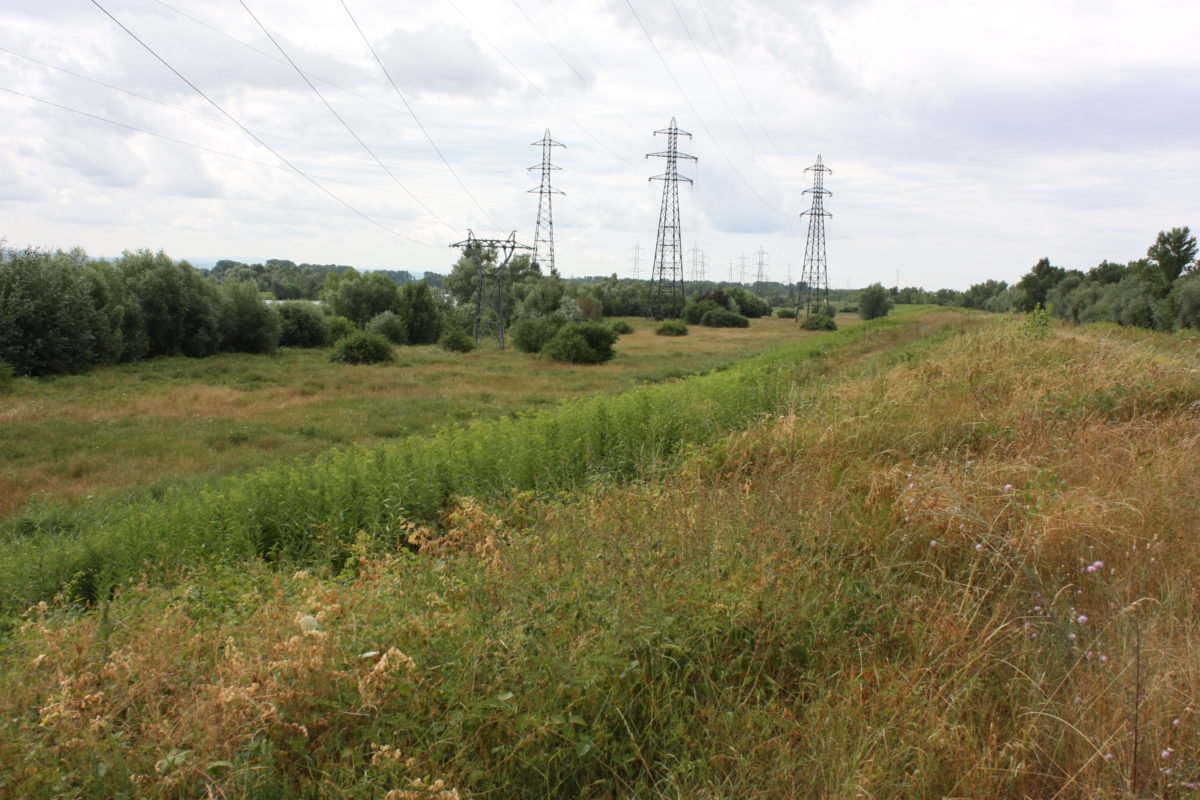
[1] An invasive alien species (IAS) is an alien or non-native species, whose introduction by man, accidentally or intentionally, threatens the ecosystems, natural habitats, and native species of an area generating negative environmental, economic and health consequences.
18.58 ha of meadow occupy the north side of the island and 18 ha of open habitats lie beneath the area delimited by the high-voltage lines on the south side.
Source : EMS
